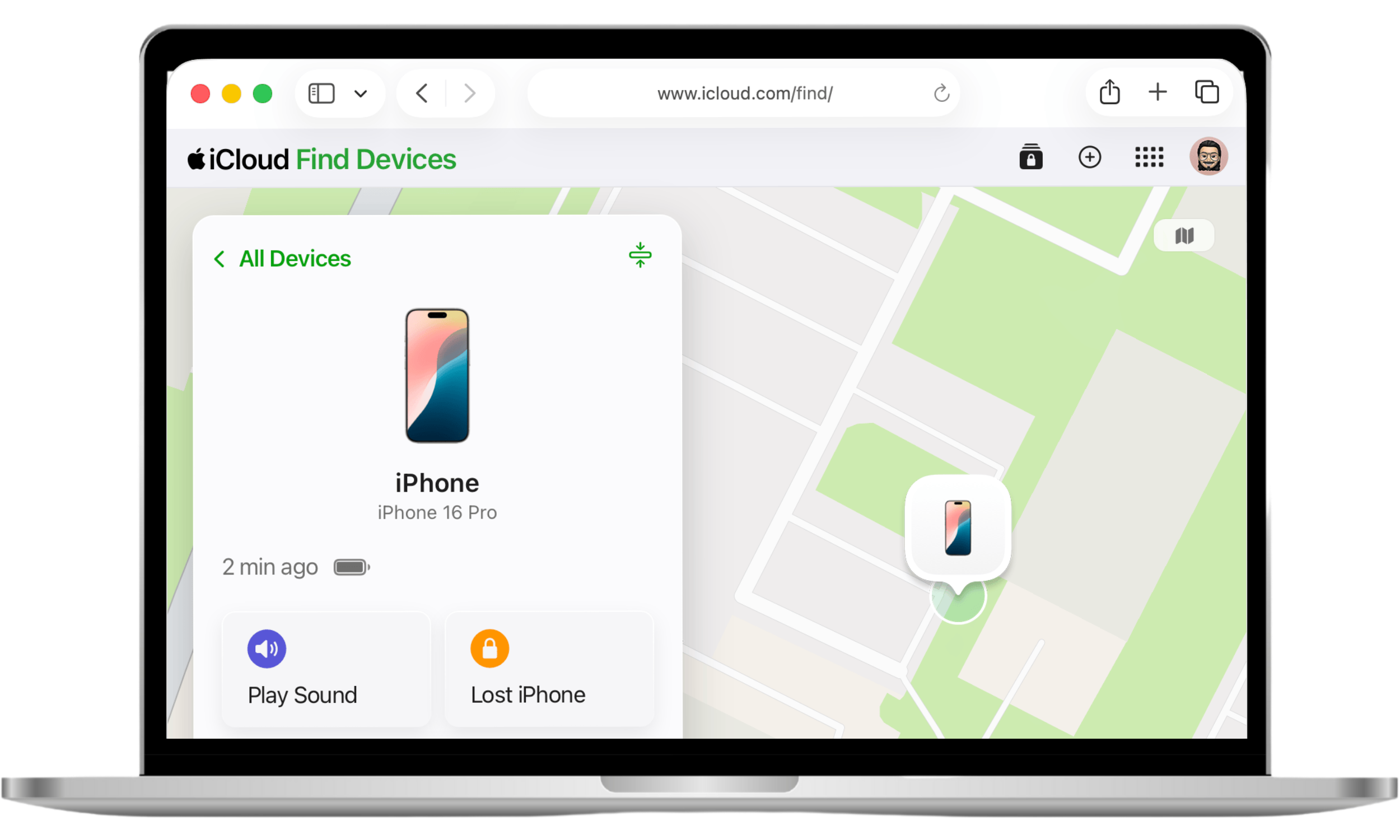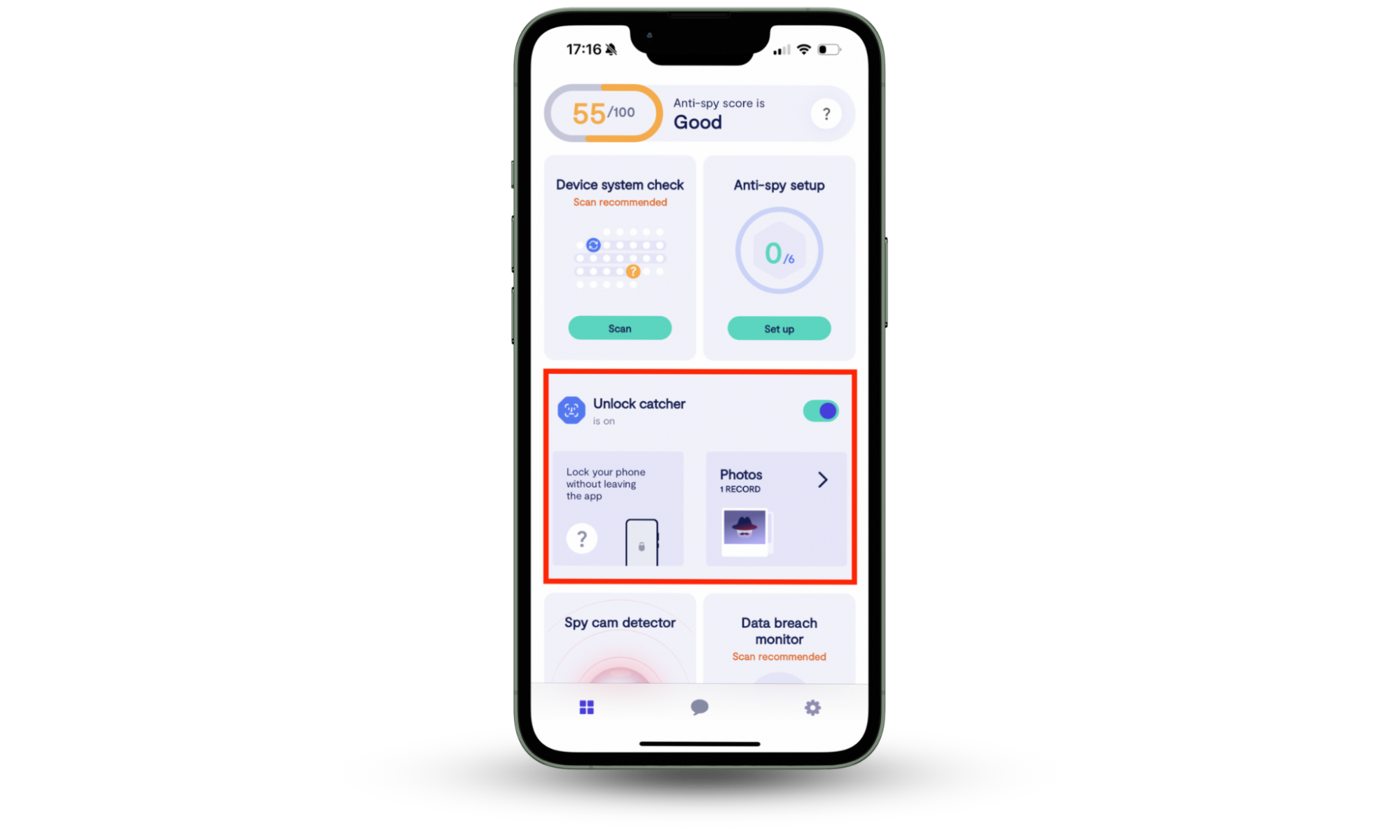Table of contents
- What to do immediately if your ex stole your phone
- 1. Lock or disable your device remotely
- 2. Contact your mobile carrier and report the incident
- 3. Change passwords and secure linked accounts
- 4. Monitor your financial and online accounts
- Legal and safety actions if your ex stole your phone
- 1. Prioritize your safety
- 2. File police report
- 3. Seek protective or restraining order
- 4. Consult legal counsel
- Conclusion
What to do immediately if your ex stole your phone
So, your ex stole your phone, what can you do? It’s a mentally draining nightmare, but the first hours are critical. These actions should be your priority before anything else: remotely lock and disable your device, then contact your mobile carrier to report the theft. Next, change all of your passwords and monitor your financial and online accounts for suspicious activity. For more information, here’s what to do when you lose your phone.
1. Lock or disable your device remotely
If your phone is missing, don’t wait, hoping you’ll find it. Instead, use your phone’s built-in remote management tools to lock or erase your device before your ex can access your accounts and personal data. Learn how to lock your iPhone when lost.
For iPhone users, here’s how to lock your device remotely:
- First, use Find My iPhone through iCloud.com.
- Sign in with your Apple ID and select your device.
- Choose Lost iPhone to secure it, or press Activate under the “Mark as Lost” option.

Does Find My iPhone work when my phone is dead? Not really. It’ll store your last known location, but nothing else. That’s why it’s important to lock your phone as fast as possible.
Android users should use Find My Mobile through Samsung’s website (or Google Find My Device for other Android phones). Similar to an iPhone, you can remotely lock the device or perform a factory reset to delete all your personal information.
To lock your Android:
- Go to www.google.com/android/find/lock and enter your phone number.
- Press Lock Device. Note: You’ll need to have activated the Remote Lock setting on your phone already; otherwise, you’ll be unable to lock it this way.

2. Contact your mobile carrier and report the incident
Once you’ve locked your device, contact your mobile carrier to report the theft. Tell them your phone was stolen and request that they suspend the service. This prevents your ex from using your phone plan or intercepting calls and messages meant for you.
They might also help you access other security features and can flag your account so your ex can’t make unauthorized changes to your plan. Additionally, file an official theft report with your carrier in writing and keep a copy of this report for your records and for potential legal proceedings.
3. Change passwords and secure linked accounts
Change your passwords from a trusted device (like a computer) to prevent your ex from accessing accounts, like email, social media, banking, shopping, and more. Use strong, unique passwords for each account, and enable two-factor authentication wherever possible.
Next, check each account’s login activity and connected devices. Most email providers, banks, and social platforms show you where and when you (or your ex) accessed your account. If you see suspicious logins, remove those sessions immediately and change your password again.
4. Monitor your financial and online accounts
Even after changing your passwords, stay vigilant about unusual activity on your accounts. Check your bank and credit card statements regularly for charges you don’t recognize. Set up account alerts so you’re notified immediately of any large purchases, transfers, or changes to your account.
Similarly, verify that no one has claimed recovery emails or phone numbers associated with your accounts. You should also consider placing a fraud alert with the three major credit bureaus (Equifax, Experian, and TransUnion) if you believe your ex may try to steal your identity, open accounts, or apply for credit in your name.
Legal and safety actions if your ex stole your phone
Theft is a crime, and if your ex-boyfriend or girlfriend stole your phone, you have legal options. Prioritize your personal safety first by filing an official police report, then seek a protective or restraining order if necessary. Finally, speak with legal counsel to find out what you can do next from a professional.
1. Prioritize your safety
Before taking any other steps, think about whether you’re in physical danger. If your ex’s theft of your phone is part of a pattern of controlling, abusive, or threatening behavior, your safety is the main concern. Trust your instincts. If you feel unsafe, don’t confront your ex and demand that they return the stolen phone.
And if you’re in immediate danger, call the police emergency number. Document any threatening messages, calls, or behavior that happened, as these will be important if you need to pursue a restraining order.
It’s also a good idea to secure your new phone (or your old one, if you get it back). Clario Anti Spy provides two useful features for iOS and Android users to prevent and get evidence of anyone trying to steal or access your phone.
iOS users can use Clario Anti Spy’s Anti-theft alarm. Here’s how:
- Open Clario Anti Spy and create an account.
- Turn on Anti-theft alarm.
- If anyone moves or tries to unlock your device, a loud alarm will sound, scaring the intruder away.

For Android (and iOS) users, here’s how to use the Unlock catcher feature:
- Open Clario Anti Spy, make an account, and sign in.
- Toggle on the switch next to Unlock catcher.
- If someone tries to unlock your phone now, the selfie camera will take a photo, giving you evidence to provide law enforcement.

Many people deal with abusive partners and partners who monitor their activity. For example, a client reached out to our support agent Lila, concerned that her partner had unauthorized access to her calls and messages.
Lila showed her how to enable the Unlock catcher and Anti-theft alarm features and update her passwords. After this, the client felt secure again, demonstrating how Clario Anti Spy empowers users to reclaim their digital privacy. You can do it too, simply by following the instructions above.
2. File police report
Go to your local police station and file an official theft report. Provide them with details: when and where your phone was taken, who took it, and what device it was (make, model, IMEI number if possible). Explain that the person who stole it is your ex, and describe any threats or abusive behavior that may be relevant.
Keep a copy of the police report and the report number. You'll need this if you pursue criminal charges or obtain a restraining order. Even if the police seem reluctant to treat this seriously, having a documented report creates an official record that strengthens the effect if the behavior continues or escalates.
3. Seek protective or restraining order
If your ex’s theft is abusive, you might be eligible for a protective order (also called a restraining order or order of protection). These legal orders prohibit your ex from contacting you, coming near you, or harassing you further.
Requirements vary by location, but generally, you’ll need to show a pattern of behavior that makes you fear for your safety or suffer from harassment. Protective orders are often free to file, and many courts will speed up the process if you’re in danger.
Once issued, a protective order becomes a legal document that police can enforce. Violations of the order can result in arrest and criminal charges against your ex.
4. Consult legal counsel
Depending on your situation, speaking with an attorney can help. A lawyer can advise you on your legal options, help you file for a protective order, or represent you if the police pursue criminal charges against your ex.
Many communities offer free or low-cost legal aid to people experiencing domestic abuse or financial hardship. Contact your local bar association or legal aid society to find services in your area. An attorney can also advise you on whether you should pursue a civil case against your ex for damages related to the theft or any unauthorized use of your phone.
Conclusion
Your phone contains your entire digital life. When an ex steals it, you face data theft, account hijacking, and surveillance. Act fast: lock remotely, change passwords, monitor accounts, and pursue legal action.
Prevention matters too. On iOS, Clario Anti Spy’s Anti-theft alarm deters intruders. On Android, Unlock catcher gets photos of access attempts, giving you evidence for legal proceedings. Clario Anti Spy combines these features with 24/7 support to help you regain control and move on with your life safely.


